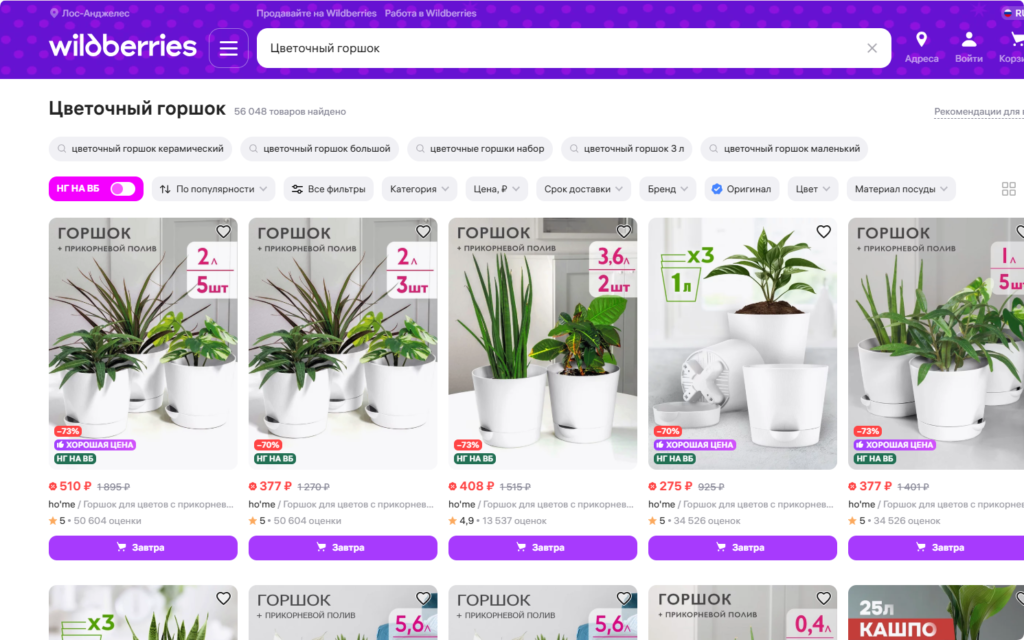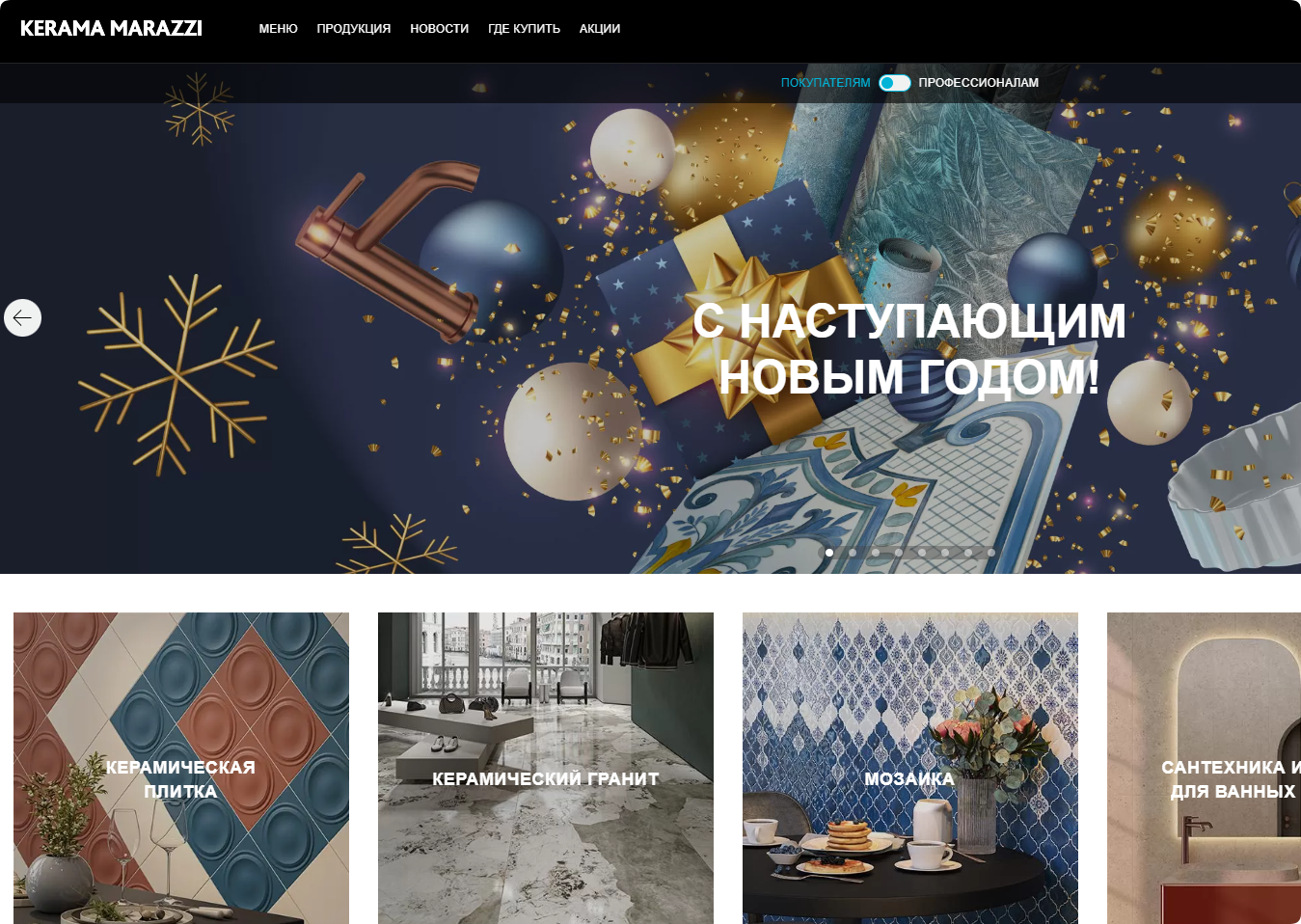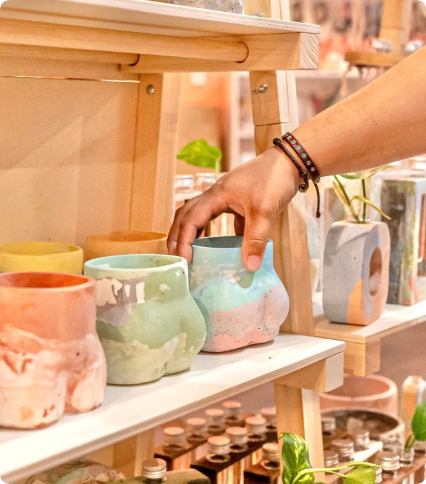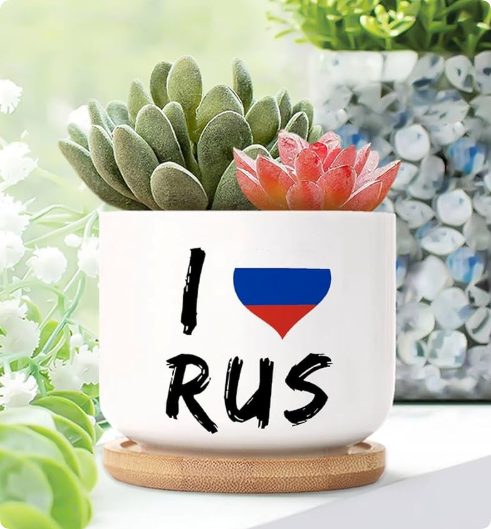The Russian home and garden market has witnessed remarkable transformations in recent years, driven by evolving consumer preferences, economic growth, and increasing demand for high-quality home décor products. Among these, ceramic planters have become a standout trend, capturing the attention of consumers who value both aesthetics and functionality. In this article, we’ll explore the rise of ceramic planters in Russia, their role in modern gardening, and how businesses in the global home and garden industry, like Hale, can tap into this growing market.
Why Ceramic Planters Are Gaining Popularity in Russia
Ceramic planters have long been appreciated for their beauty, durability, and ability to enhance the overall look of a space. In Russia, where the gardening culture is deeply ingrained, ceramic planters are emerging as a preferred choice for both indoor and outdoor plants.
1. Aesthetic Appeal and Variety
Ceramic planters come in various designs, from sleek modern styles to traditional handcrafted pieces. The growing demand for aesthetic home décor in Russia is one of the main driving factors behind the popularity of ceramic planters. These planters fit well into different interior designs, offering a versatile option for people looking to add a touch of elegance to their spaces.
2. Durability and Practicality
Russia’s harsh climate conditions can make gardening challenging, but ceramic planters are perfect for managing these conditions. Unlike plastic pots, ceramic planters are strong, durable, and resistant to UV damage, ensuring longevity even in outdoor environments. Their ability to retain moisture longer makes them ideal for plant health in varying temperature conditions, contributing to their growing popularity among Russian gardeners.
3. Increased Awareness of Sustainability
There is a growing trend in Russia toward sustainable living, and ceramic products align with this mindset. Consumers are becoming more conscious of their environmental footprint and are turning to natural, eco-friendly materials like ceramics. These products are not only made from sustainable resources, but they also have a longer life cycle, reducing the need for replacements and contributing to a more sustainable gardening culture.
Key Trends in the Russian Ceramic Planter Market
As the demand for ceramic planters increases, certain trends have started to emerge in Russia’s home and garden market. Let’s take a look at some key trends shaping the future of ceramic planters in Russia:
Trend 1: Personalized and Customizable Planters
Customization is a rising trend in home décor, and ceramic planters are no exception. Russian consumers are increasingly looking for planters that reflect their personal style and preferences. This presents an opportunity for businesses like Hale to provide personalized ceramic planters with unique designs, colors, and sizes tailored to meet customer demands.
Trend 2: Minimalist Designs
Minimalism continues to dominate interior design in Russia, and this extends to garden and home décor products. Simple, clean, and unembellished ceramic planters that focus on form and function are gaining traction. Consumers are favoring planters that complement their minimalist home designs while offering practicality.
Trend 3: Handmade and Artisan Products
There is a growing appreciation for handmade products in Russia, especially those with a unique, artisanal touch. Many consumers are now seeking out ceramic planters that reflect craftsmanship and individuality. Handmade ceramic planters, often produced by local artisans or specialized factories like Hale, are becoming highly desirable in the Russian market.
Trend 4: Indoor Gardening and Urban Spaces
With urbanization on the rise, more Russian consumers are turning to indoor gardening as a way to bring nature into their homes. Ceramic planters are well-suited for indoor plants, with many consumers opting for small indoor planters to decorate their living rooms, kitchens, and balconies. The trend of “green spaces” within homes is driving the demand for ceramic planters in Russian cities.
Key Players in the Russian Ceramic Planter Market
When discussing the ceramic planter market in Russia, it’s important to recognize the leading brands that have already established a presence in the country. These brands are shaping consumer preferences and influencing market trends. Let’s take a look at five prominent brands in the Russian ceramic planter market and what sets them apart:
| Brand | Product Features |
|---|---|
| Dekorika | Known for offering a wide range of ceramic planters in contemporary styles. Their products are characterized by clean lines and functional design, making them a popular choice for modern homes. |
| Ladoga Ceramics | A well-established Russian brand that specializes in handmade ceramic planters. Their planters are highly regarded for their craftsmanship and unique designs. |
| Kerama Marazzi | Offers a diverse selection of ceramic home décor products, including planters. The brand is known for its durable, high-quality ceramic products that combine functionality with elegance. |
| Sibirsky Keramika | This brand focuses on combining traditional Russian craftsmanship with modern design. They produce ceramic planters with unique patterns and high-quality materials that appeal to eco-conscious buyers. |
| Podushka | Podushka’s ceramic planters are known for their minimalist designs and eco-friendly materials. The brand emphasizes sustainability, making it popular among Russian consumers interested in green living. |
These brands demonstrate the variety and quality available in the Russian ceramic planter market, from high-end artisan products to functional, everyday planters.
How Businesses Can Enter the Russian Market
For businesses like Hale, who specialize in ceramic planters, there are several strategies to consider when entering the Russian market. Here are some ways to successfully tap into this growing market:
1. Leverage Local Partnerships
Partnering with Russian distributors or retailers can help businesses navigate the complexities of the local market. By building relationships with local partners, companies can ensure their products reach the right audiences and meet local demand.
2. Understand Consumer Preferences
To successfully sell in Russia, it’s crucial to understand consumer preferences. Russian consumers are increasingly looking for high-quality, eco-friendly products that reflect their personal style. Offering customizable ceramic planters with unique designs can help businesses stand out in this competitive market.
3. Focus on E-commerce
Russia has seen significant growth in e-commerce, especially in the home and garden sector. Establishing a strong online presence, through platforms like Ozon or Wildberries, can help businesses reach a broader audience. Additionally, offering flexible shipping and payment options can further enhance the customer experience.

4. Adopt Localized Marketing Strategies
Tailoring marketing strategies to the Russian market is essential. This includes using culturally relevant advertising, highlighting the eco-friendly aspects of ceramic planters, and focusing on the aesthetic value of the products.
Frequently Asked Questions (FAQs)
1. Why are ceramic planters better for indoor plants in Russia?
Ceramic planters are ideal for indoor plants because they help regulate moisture levels, preventing overwatering. Their heavy construction also provides stability, which is essential for plants kept indoors, especially in areas prone to dry air.
2. Can I find customized ceramic planters in Russia?
Yes, many brands in Russia offer customizable ceramic planters. You can choose the design, size, and color to fit your personal style and home décor.
3. What makes handmade ceramic planters popular in Russia?
Handmade ceramic planters are prized for their uniqueness and artisanal craftsmanship. Russian consumers value the individuality of these products, and they’re often seen as special décor pieces that add personality to a home or garden.
4. Are ceramic planters eco-friendly?
Yes, ceramic planters are considered eco-friendly because they are made from natural materials like clay. They also have a long lifespan, reducing the need for frequent replacements.
5. How do I care for ceramic planters in cold Russian winters?
Ceramic planters can withstand cold temperatures but should be placed in sheltered areas to protect them from freezing. It’s important to ensure that the planter’s drainage system is working well to avoid water accumulation that could freeze and crack the pot.
Conclusion
The growth of ceramic planters in the Russian home and garden market is a testament to the increasing demand for high-quality, sustainable, and aesthetically pleasing products. With the right strategies and a deep understanding of consumer preferences, businesses like Hale can tap into this growing market and offer ceramic planters that meet the needs of Russian consumers.
As the market continues to evolve, staying ahead of trends and offering unique, customizable products will be key to success. Whether through local partnerships, e-commerce, or targeted marketing, the future of ceramic planters in Russia looks promising for businesses that are ready to meet the demand.
By focusing on quality, design, and sustainability, companies like Hale can position themselves as key players in the growing Russian ceramic planter market. Whether you are a home décor enthusiast, a garden lover, or a retailer looking to stock up on the latest products, ceramic planters are a must-have item that combines beauty with practicality.




